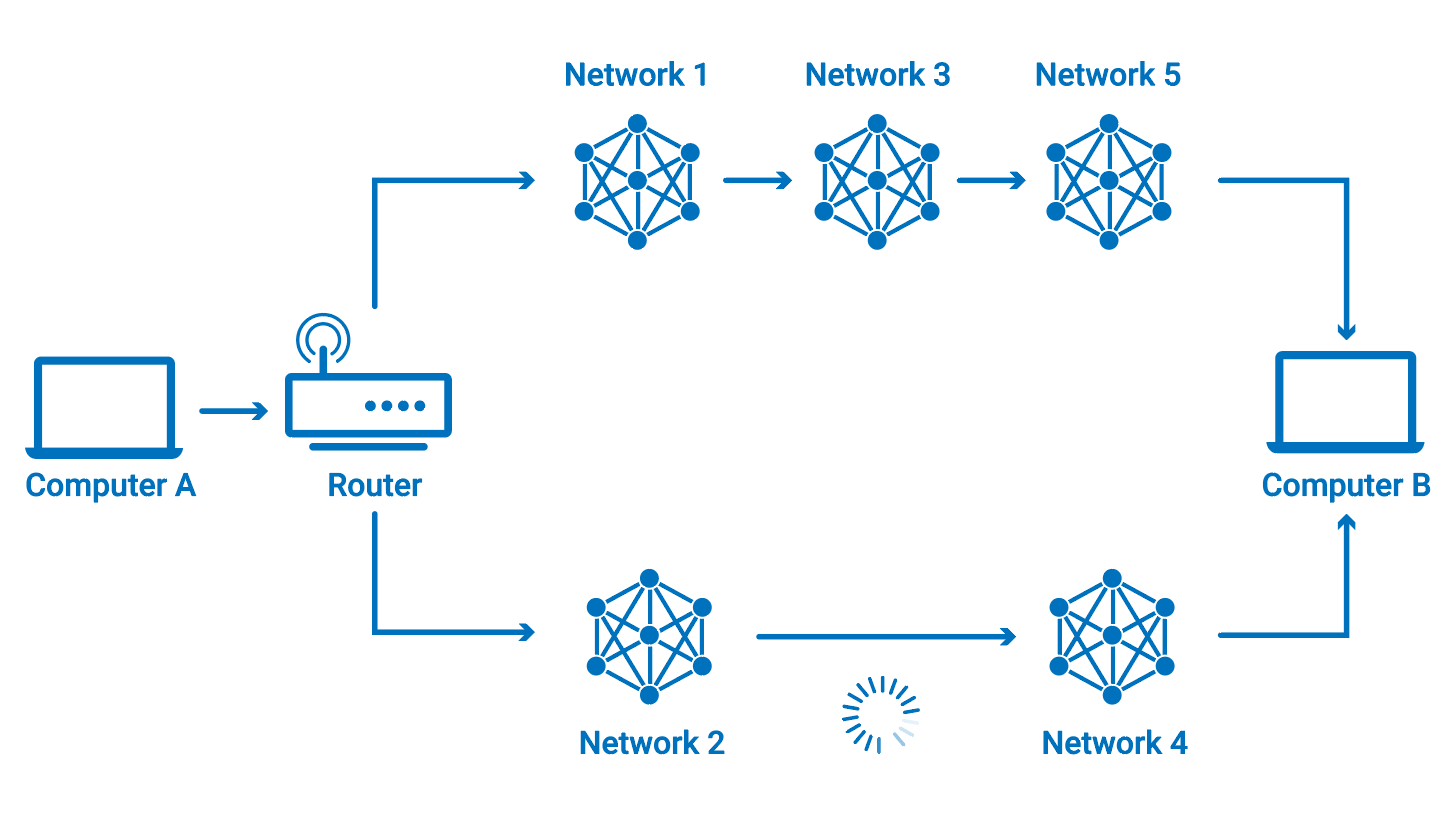The position and role of routers in the network involve the hierarchical structure and functions of the network. Generally speaking, routers are at different levels in a network and are responsible for connecting communications between these levels. The following is a detailed explanation of the hierarchy and specific role of routers in the network:

Location: Routers are usually located at the physical layer of the network, which is the lowest layer in the network. It can connect to various physical media such as Ethernet, Wi-Fi, fiber optics, etc.
Role: At the physical layer, the router is responsible for connecting different types of physical media. For example, it can connect Ethernet and Wi-Fi networks together, or connect user devices to optical fiber networks.
Location: At the data link layer, a router usually acts as a bridging device in the network, connecting different network segments or subnets.
Role: At the data link layer, routers are responsible for routing packets based on their destination MAC address in order to forward packets from one network port to another. It can also perform frame forwarding and switching based on the characteristics of the data link layer (such as Ethernet frames).
Location: At the network layer, a router is a key network device responsible for routing and forwarding between different IP subnets.
Function: At the network layer, the router is responsible for making routing decisions based on IP addresses and transmitting data packets from the source address to the destination address. It determines the best routing path by looking up the routing table and forwards the data packet.
Position: At the transport layer and above, routers usually do not intervene directly, but forward data packets to upper layer protocols for processing.
Role: At the transport layer and above, the role of a router is to transmit data packets from source devices to destination devices while ensuring reliable transmission and appropriate routing of data.
In short, routers play a key role in connecting different levels and subnets in the network, and are responsible for routing and forwarding data packets according to their destination addresses, thereby achieving effective transmission of data in the network.